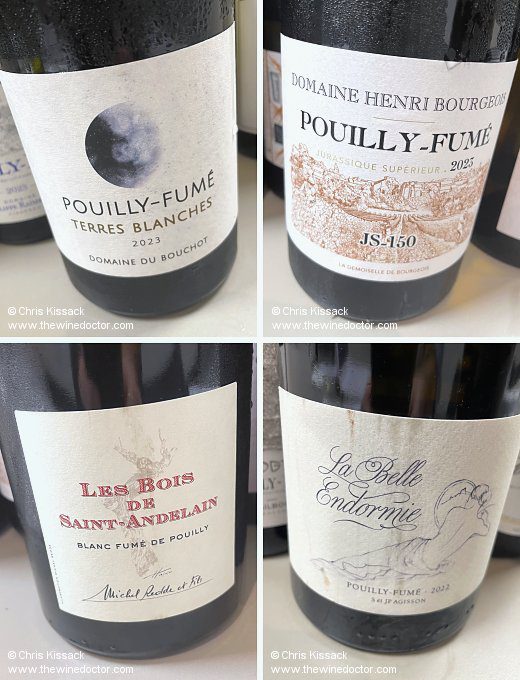Smoke and Mirrors: Pouilly-Fumé, 2025
The power and fame of Pouilly-Fumé was perhaps best illustrated more than fifty years ago, by the late Californian trailblazer Robert Mondavi (1913 – 2008).
During the 1960s Californian wine drinkers knew Sauvignon Blanc as a component in a sweet wine blend emulating Sauternes; this had been the predominant style ever since this variety (and its partner in crime, Semillon) had been imported into the state during the 1870s. Mondavi, however, knew Sauvignon Blanc provided the raw material for a host of high-quality dry wines in the Loire Valley. Making use of both novel technologies and time-honoured traditions, he vinified his new cuvée in temperature-controlled stainless steel vats, state of the art and almost unknown in the region at the time, before a more traditional élevage, maturing the wine on its lees in French oak barrels.
But what to call his new wine? Labelling it as Sauvignon Blanc might hurt sales, as it would be associated with the sweet and golden style of old. Looking for Ligérian inspiration, Mondavi settled on Fumé Blanc, relegating the identity of the grape variety to the small print, and in the process conjuring up an association with the dry, high-quality wines of Pouilly-Fumé.
It worked; sales took off, and before long other Californian estates were jumping on the Fumé bandwagon, turning out similarly styled and similarly named wines. There was even a call to have Fumé Blanc acknowledged as an alternative name for the variety Sauvignon Blanc.
This was in 1968, and during the decades that followed Pouilly-Fumé seemed to be in the ascendant.

